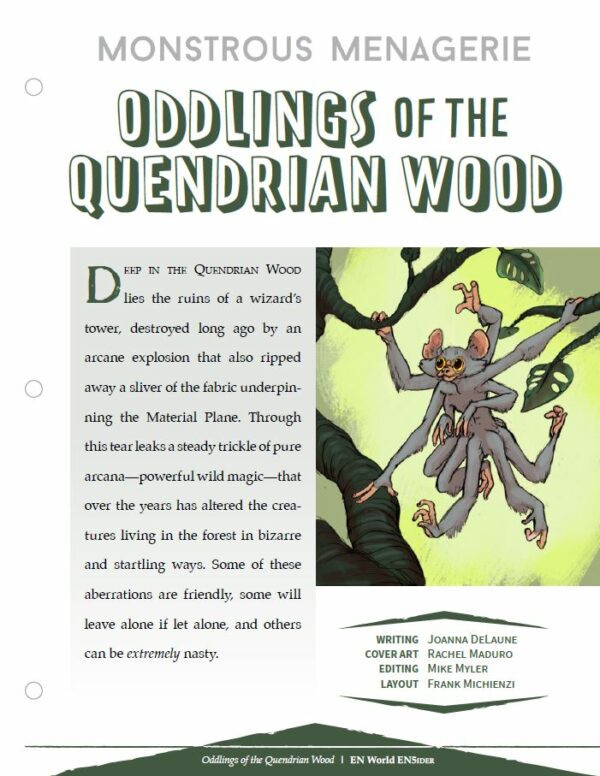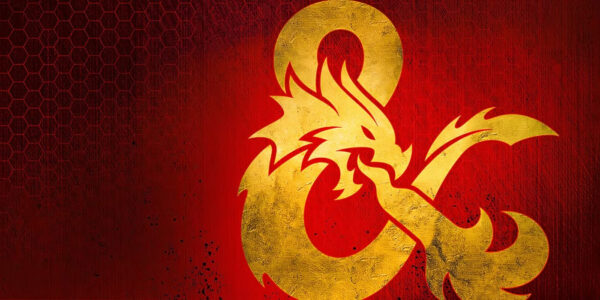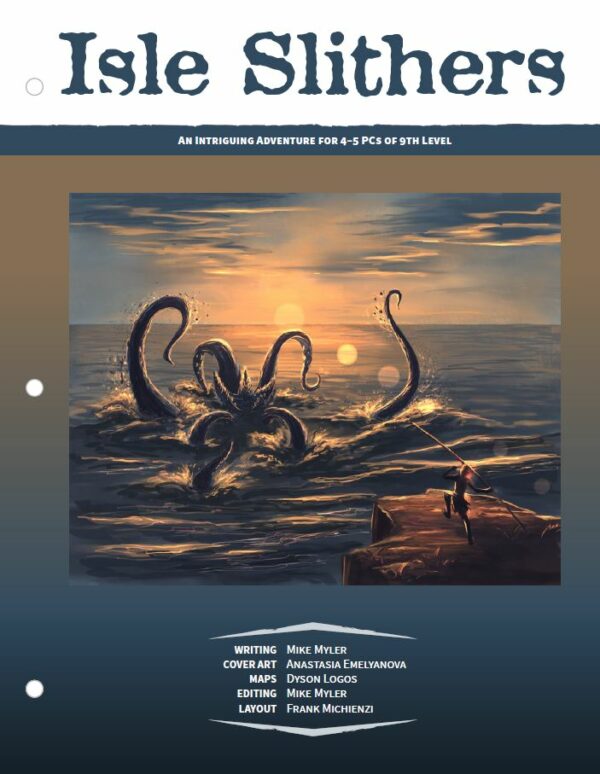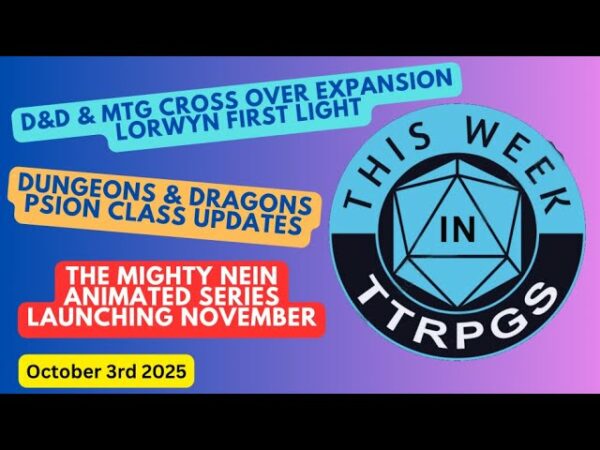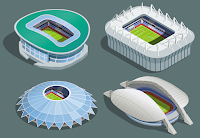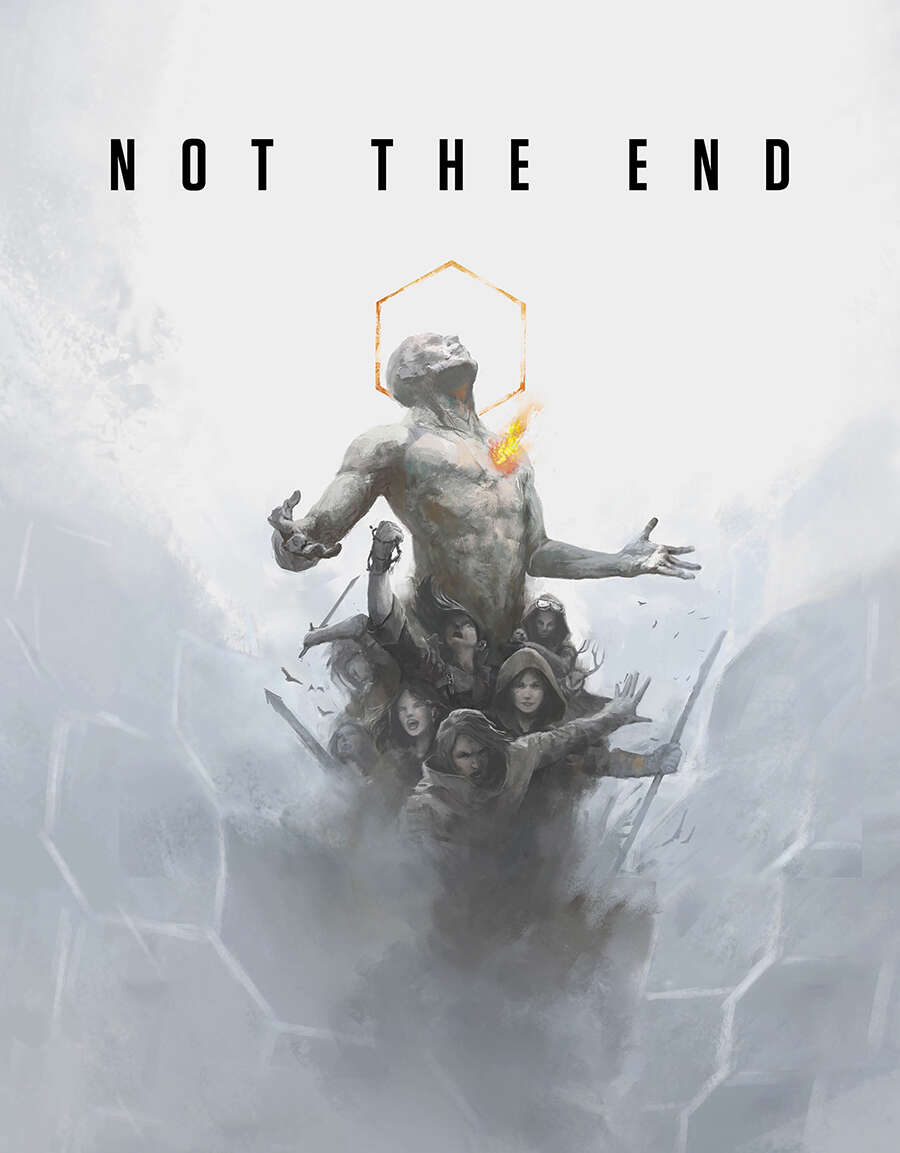
Choices make tabletop RPGs compelling. Whether the ones made before the game begins about character and setting or the ones made in the moment to steer the narrative into a different direction. Sometimes those choices are affected by the randomness of a dice roll though there are plenty of systems that offer unexpected results for the choices made at the table. Not The End, an award winning Italian RPG recently translated to English and published by Modiphuis, puts that feeling of choice in the players’ hands with a light narrative system built to tell stories of all kinds. Modiphius sent a copy of the game and its Stories supplement for me to check out. Does Not The End mark a new beginning in diceless storytelling? Let’s play to find out.
Designers Claudio Pustorino, Fabio Airoldi and Claudio Serena offer a simple but compelling set of mechanics to power Not The End. Characters are built with a handful of Traits which reflect the characters basic concept, skills, drives and personality traits. When the character wants to do something dramatic, they take a bag or cup and fill it with a light token for each trait that applies to the action at hand. Then the Narrator fills the bag with dark tokens equal to the difficulty of the task. The player chooses how many tokens they draw, from one to four and then blindly pulls them from the bag. If they get one light token, they succeed. But every dark token brings a complication to the success while additional light tokens can offer greater success.
Choice appears in the game in interesting places. Players must choose if dark tokens affect their character or become a problem for everyone. These include options where a player can ignore a dark token now for a worse effect later. My favorite of these is called adrenaline, where a player puts a dark token on the proper character sheet spot and then removes it on their next draw but must draw four tokens out of the bag. Choice also applies to character advancement with something called the crucial test. Once per session or so, a player can declare something a crucial test. After it happens, they adjust their character with a new trait, a scar that can help absorb dark tokens or a lesson that adds a special ability, such as being able to stack light tokens on a specific trait. That moment when everyone leans forward as someone picks up the bag? That’s probably a crucial test.
That choice extends to character death. While characters can get taken out of a scene if they draw enough dark tokens, every character chooses to face the end on their own terms. It’s a challenge to the notion that random character death is the only way to make role playing games interesting. It gives the game a bit of a TV series feel, when everyone knows a performer is leaving at the end of the season. How will they resolve all their character business? These draws can also have complications as well, allowing the player and narrator to shape the final bit of story in surprising ways. Making a new character takes just a few minutes so even if the player decides to go out in a blaze of glory they’ll be back in a new role soon enough.
Not The End offers some great advice for Narrators throughout the book. There are discussions of alternate rules, explanations of how to adjust the game to the table and plenty of examples from fiction to help players build compelling characters. Between the core book and Stories there are 20 pre-built settings that can be played as is, raided for ideas or studied as examples for how to use the rules to accomplish specific ideas. These settings range from historical drama set in the Old West to pulpy battles between freedom fighters and Nazi werewolves in the Black Forest. Extinction Island, out of the Stories book, is a great fit for a one shot to try out the system at the table. Everybody knows the beats of a Jurassic Park story and escaping a dinosaur island was a fun way to put the system through its paces. There are even a pair of Arthurian inspired setups that include a giant stompy robot version, though it might have been smarter to split them between books rather than put them both in the core.
The game also has a great visual style. Pietro Bastas brings these settings to life throughout the book but the game also has a tactile sense that makes it unique. Character sheets are more than just lists of traits; they are hexfields that play more like a board game’s player boards where tokens can be set down on things rather than marking and erasing check boxes. I’d love to see a boxed set that could be presented in more of a board game style to sneak in some role playing at board game night.
I think Not The End is an excellent system for playing more mundane genres that don’t get a lot of love from designers. It reminds me a bit of Hillfolk as a way to tell stories that aren’t focused on what new cool cyberware or magic item your character just picked up. The risk and reward of the draw adds great tension whenever the bag comes out. If you have a story you want to tell with your friends that’s still looking for a system, consider Not The End.


